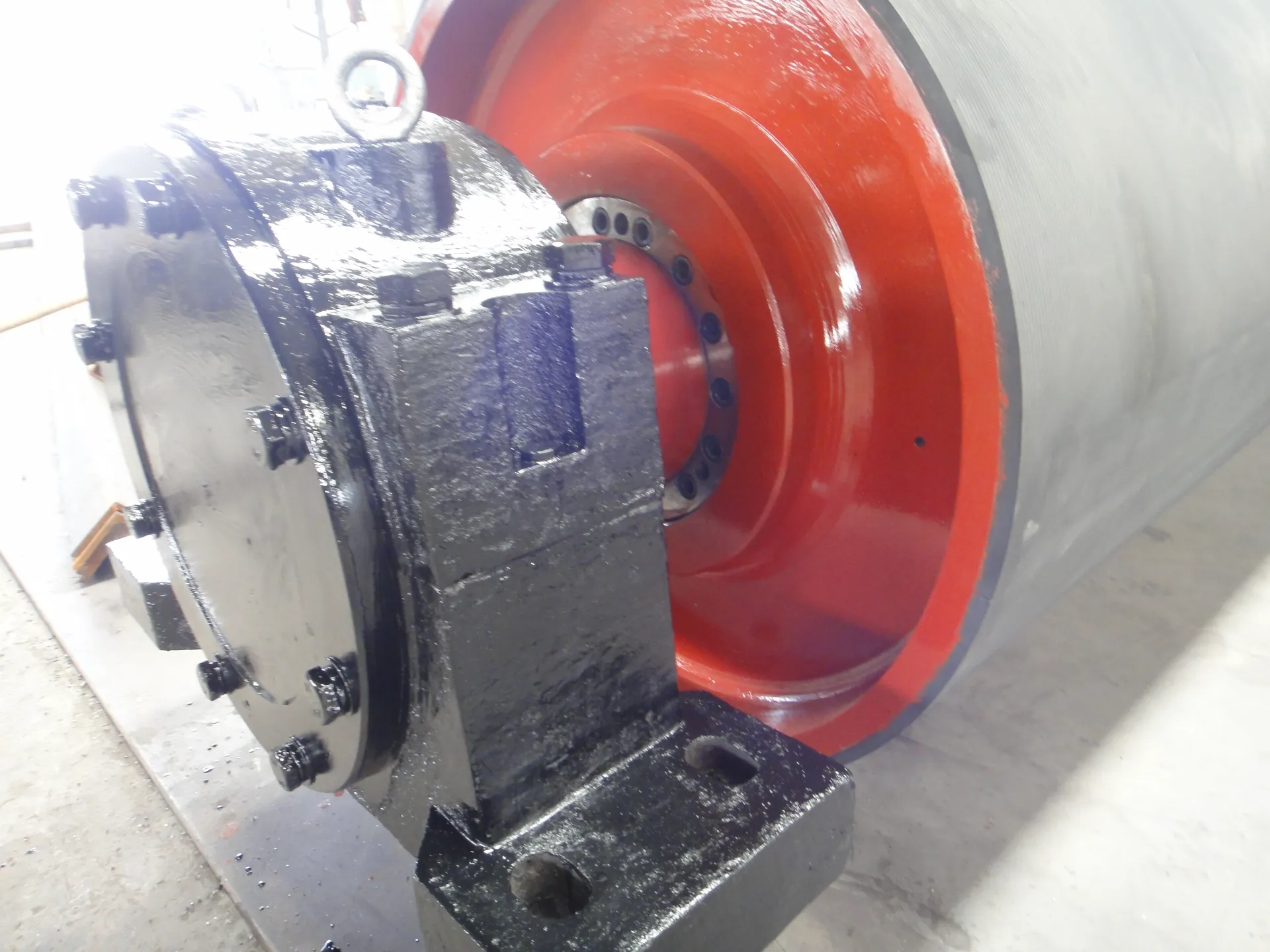 Afrikaans
Afrikaans  Albanian
Albanian  Amharic
Amharic  Arabic
Arabic  Armenian
Armenian  Azerbaijani
Azerbaijani  Basque
Basque  Belarusian
Belarusian  Bengali
Bengali  Bosnian
Bosnian  Bulgarian
Bulgarian  Catalan
Catalan  Cebuano
Cebuano  Corsican
Corsican  Croatian
Croatian  Czech
Czech  Danish
Danish  Dutch
Dutch  English
English  Esperanto
Esperanto  Estonian
Estonian  Finnish
Finnish  French
French  Frisian
Frisian  Galician
Galician  Georgian
Georgian  German
German  Greek
Greek  Gujarati
Gujarati  Haitian Creole
Haitian Creole  hausa
hausa  hawaiian
hawaiian  Hebrew
Hebrew  Hindi
Hindi  Miao
Miao  Hungarian
Hungarian  Icelandic
Icelandic  igbo
igbo  Indonesian
Indonesian  irish
irish  Italian
Italian  Japanese
Japanese  Javanese
Javanese  Kannada
Kannada  kazakh
kazakh  Khmer
Khmer  Rwandese
Rwandese  Korean
Korean  Kurdish
Kurdish  Kyrgyz
Kyrgyz  Lao
Lao  Latin
Latin  Latvian
Latvian  Lithuanian
Lithuanian  Luxembourgish
Luxembourgish  Macedonian
Macedonian  Malgashi
Malgashi  Malay
Malay  Malayalam
Malayalam  Maltese
Maltese  Maori
Maori  Marathi
Marathi  Mongolian
Mongolian  Myanmar
Myanmar  Nepali
Nepali  Norwegian
Norwegian  Norwegian
Norwegian  Occitan
Occitan  Pashto
Pashto  Persian
Persian  Polish
Polish  Portuguese
Portuguese  Punjabi
Punjabi  Romanian
Romanian  Russian
Russian  Samoan
Samoan  Scottish Gaelic
Scottish Gaelic  Serbian
Serbian  Sesotho
Sesotho  Shona
Shona  Sindhi
Sindhi  Sinhala
Sinhala  Slovak
Slovak  Slovenian
Slovenian  Somali
Somali  Spanish
Spanish  Sundanese
Sundanese  Swahili
Swahili  Swedish
Swedish  Tagalog
Tagalog  Tajik
Tajik  Tamil
Tamil  Tatar
Tatar  Telugu
Telugu  Thai
Thai  Turkish
Turkish  Turkmen
Turkmen  Ukrainian
Ukrainian  Urdu
Urdu  Uighur
Uighur  Uzbek
Uzbek  Vietnamese
Vietnamese  Welsh
Welsh  Bantu
Bantu  Yiddish
Yiddish  Yoruba
Yoruba  Zulu
Zulu Advantages of Using Snub Pulleys in Belt Conveyor Systems for Enhanced Performance
Understanding Snub Pulleys for Belt Conveyors
Belt conveyors are essential components in various industries, serving as reliable systems for transporting materials over distances. Among the many components of a belt conveyor system, the snub pulley plays a pivotal role that often goes unnoticed. Understanding the function and significance of a snub pulley can enhance the efficiency and reliability of belt conveyor operations.
What is a Snub Pulley?
A snub pulley is a type of pulley used in belt conveyor systems, characterized by its position to change the direction of the belt and provide additional tension. Typically, it is situated near the drive pulley and is often smaller than the other pulleys within the system. The primary purpose of a snub pulley is to create a tighter wrap around the drive pulley, which improves the grip of the conveyor belt and enhances its operational efficiency.
Significance of Snub Pulleys
1. Belt Tension Control One of the critical roles of a snub pulley is to help maintain the necessary tension in the conveyor belt. Proper tension is crucial for avoiding slippage and ensuring the belt runs smoothly. Inadequate tension can lead to inefficiencies, while excessive tension can increase wear on the belt and other components.
2. Improving Drive Efficiency By wrapping the belt more tightly around the drive pulley, the snub pulley increases the frictional force between the belt and the drive pulley. This boost in friction results in improved drive efficiency, reducing the amount of power needed to move materials on the conveyor.
3. Minimizing Belt Wear The design and placement of the snub pulley can significantly minimize the wear and tear on the conveyor belt. By ensuring that the belt maintains an appropriate degree of tension and alignment, the snub pulley helps extend the lifespan of the belt, which can be a significant cost-saving factor for operations.
4. Facilitating Belt Tracking A properly positioned snub pulley can assist in keeping the belt centered and properly aligned on the conveyor. This function is essential for preventing potential operational issues that can arise from belt misalignment, such as damage to the belt edges or other components.
snub pulley for belt conveyor

5. Environmental Resistance Many industries operate in challenging environments subject to dust, dirt, moisture, and chemicals. Snub pulleys can be designed with materials that resist corrosion and wear, thereby extending their lifespan and maintaining the overall efficiency of the belt conveyor system.
Installation and Maintenance Considerations
The installation and maintenance of snub pulleys are crucial for optimal performance. Here are some key considerations
- Correct Positioning The exact placement of the snub pulley is vital; it should be positioned to ensure the correct tension of the belt while also facilitating easy access for maintenance. Engineers must consider the conveyor layout, load requirements, and potential wear points when determining the optimal position.
- Regular Inspections Routine inspections are essential for identifying signs of wear, misalignment, or other potential issues with the snub pulley. This proactive approach can prevent costly breakdowns and extend the overall lifespan of the conveyor system.
- Lubrication Depending on the design and materials, some snub pulleys may require regular lubrication to ensure smooth operation. This reduces friction and helps prevent overheating, which can lead to premature wear or failure.
- Material Selection The materials used for snub pulleys should be suitable for the specific operational environment, considering factors such as load capacity, temperature fluctuations, and exposure to chemicals. Selecting the right materials can significantly influence the lifespan of both the snub pulley and the belt.
Conclusion
In summary, while often overlooked, snub pulleys are essential components of belt conveyor systems that contribute significantly to efficiency, reliability, and longevity. Their roles in controlling belt tension, improving drive efficiency, minimizing wear, and facilitating proper tracking cannot be overstated. Proper installation, maintenance, and material selection are crucial for maximizing the performance of snub pulleys. By understanding the importance of these components, operations managers and engineers can take the necessary steps to ensure a more efficient and reliable belt conveyor system, ultimately leading to improved productivity and reduced operational costs.
-
Revolutionizing Conveyor Reliability with Advanced Rubber Lagging PulleysNewsJul.22,2025
-
Powering Precision and Durability with Expert Manufacturers of Conveyor ComponentsNewsJul.22,2025
-
Optimizing Conveyor Systems with Advanced Conveyor AccessoriesNewsJul.22,2025
-
Maximize Conveyor Efficiency with Quality Conveyor Idler PulleysNewsJul.22,2025
-
Future-Proof Your Conveyor System with High-Performance Polyurethane RollerNewsJul.22,2025
-
Driving Efficiency Forward with Quality Idlers and RollersNewsJul.22,2025





























